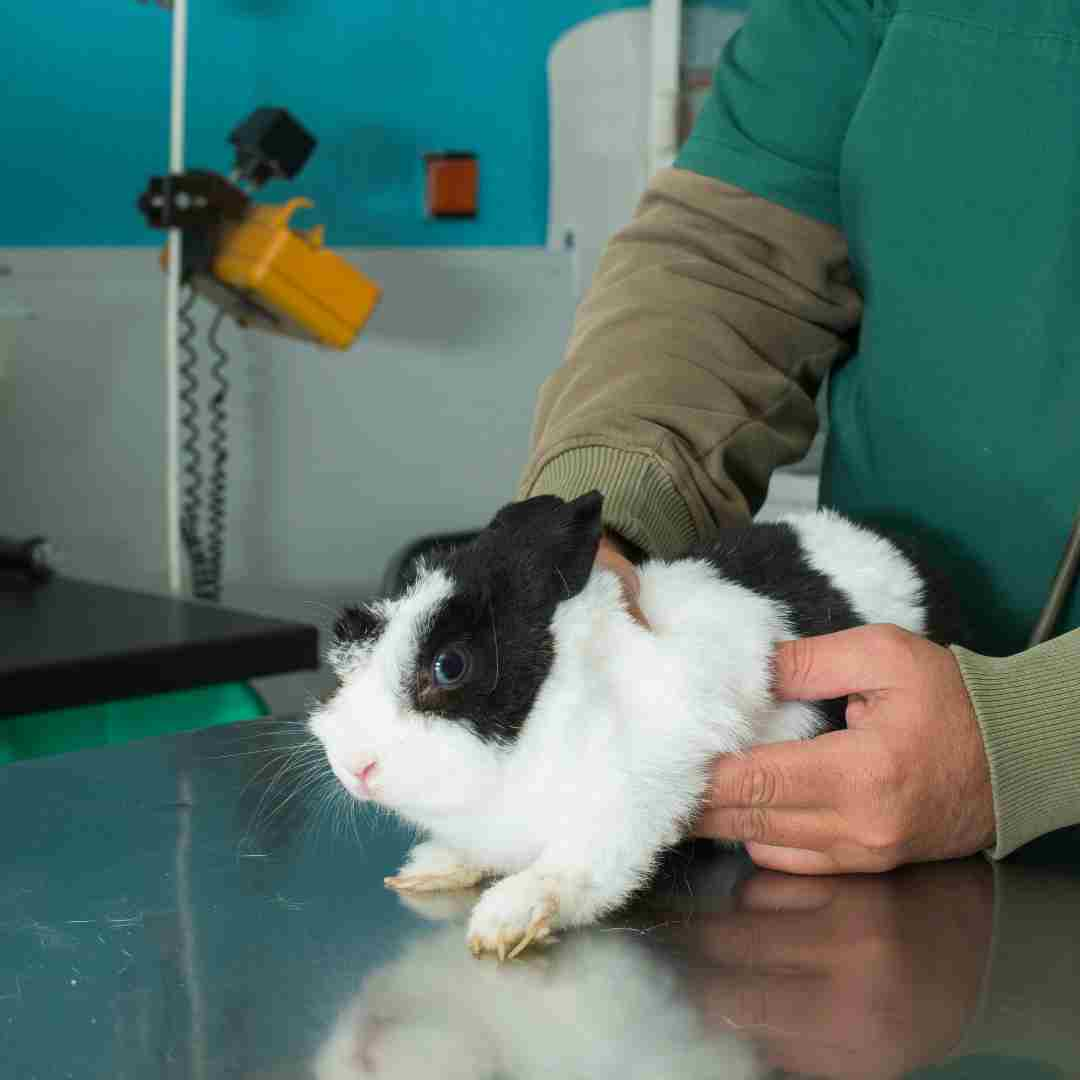Contents Table
Introduction
Rabbit Litter Box Training
Teaching your rabbit tricks: fun ways to bond
Pre-Rabbit Adoption Considerations
Socialising Your Rabbit with Other Pets
Rabbit Clicker Training Benefits
Q&A
Conclusion
Introduction
Intellectual and gregarious, rabbits can learn many behaviours. Training a rabbit can benefit you and your pet. Be patient and consistent to educate your rabbit to follow orders, use a litter box, and do tricks. You may bond with your rabbit and keep it cognitively active by training it.
Rabbit Litter Box Training
Rabbit litter box training is easy and takes only a few steps.
First, choose a rabbit-sized litter box. Our litter box should be big enough for your rabbit to move about. It should also be shallow enough for your rabbit to reach the litter.
Second, add sufficient litter to the litter box. Most rabbit-safe litters are paper, wood, or hay. Clay litters are unhealthy for rabbits.
Third, put the litter box where your rabbit goes. This will familiarise your rabbit with the litter box and encourage use.
4. Put your bunny in the litter box. Put your rabbit gently in the litter box and let them explore. Praise and treat your rabbit if they dig or scratch in the litter.
Finally, clean the litter box often. This will keep your rabbit's habitat clean. Use a gentle, non-toxic cleaning to protect your rabbit.
Following these steps will simply train your rabbit to use a litter box. With patience and persistence, your rabbit will get used to the litter box.
Teaching your rabbit tricks: fun ways to bond
Intelligent and gregarious rabbits may learn tricks. You may bond with and mentally stimulate your rabbit by teaching them tricks. With patience and persistence, you can teach your rabbit amusing tricks.
Get your rabbit used to being handled before teaching them tricks. Be gentle with your rabbit and converse in a soothing way. Once your rabbit is comfortable being handled, give them simple commands. Treat your rabbit for obeying simple orders like “sit” and “come”.
After your bunny masters the basics, you can teach more sophisticated tricks. Challenge your rabbit by teaching them to leap through a hoop. Put the hoop on the ground and get your rabbit to leap through it. After they learn this, progressively raise the hoop until your rabbit jumps through it at full height.
You can teach your rabbit fetch. Start by rolling a ball or toy across the floor and having your rabbit retrieve it. Once they understand this, you can throw the ball or toy and reward your rabbit for retrieving it.
Finally, train your bunny tricks on command. Start by teaching them to spin or stand on their hind legs. You can introduce more complicated tricks like leashing or playing dead when they master these.
You may bond with and mentally stimulate your rabbit by teaching them tricks. With patience and persistence, you may teach your rabbit interesting tricks to keep them entertained.
Pre-Rabbit Adoption Considerations
Adopting a rabbit can be gratifying, but there are some things to consider beforehand.
The dedication of rabbit care must be understood first. Rabbits live 10 years, so be prepared for a long-term commitment. Daily exercise, fresh food and water, and housecleaning are also needed for rabbits.
Second, rabbit care costs must be considered. Rabbits need cages, bedding, food, and toys. Regular veterinary checkups and vaccines are also crucial.
Third, rabbit room needs must be considered. Rabbits need a large cage and exercise space. Temperatures exceeding 80 degrees Fahrenheit are harmful for rabbits.
Finally, rabbit temperament matters. Choose a rabbit that is comfortable being handled because rabbits can be shy and afraid. Research the rabbit breed to make sure it fits your lifestyle.
Adopting a rabbit can be fun, but consider these issues first. Rabbits may be great pets for years with proper care.
Socialising Your Rabbit with Other Pets
Socialising your rabbit with other pets should be done safely and successfully. Tips for socialising your rabbit with other pets:
1. Start carefully: Introduce your rabbit to other pets carefully. Start by letting animals observe one other from afar. This helps them get used to each other and feel more comfortable.
2. Supervised Interactions: Always supervise rabbit-pet interactions. This will help animals behave properly and avoid injury.
3. Positive reward: Introduce your rabbit to other pets with positive reward. Give your rabbit rewards and praise for good pet-pet interactions. They will associate the other pet with good things.
4. distinct locations: When exposing your rabbit to other pets, create distinct locations. This will allow animals have their own space and not compete for resources.
These ideas will help your rabbit and other pets socialise safely and successfully.
Rabbit Clicker Training Benefits
Clicker training is popular and successful for rabbits. This training uses operant conditioning, which teaches animals to correlate a behaviour with a reward. Positive reinforcement-based clicker training rewards the animal for desired behaviour. Teaching rabbits desired behaviours is compassionate and effective with this method.
Humane and non-invasive clicker training for rabbits is a major benefit. Clicker training never physically nor psychologically harms animals, unlike punishment-based treatments. This makes it suitable for rabbit training without stress.
It's also successful in teaching rabbits desired behaviours with clicker training. This training uses operant conditioning to teach animals to correlate behaviour with rewards. Since rewarded behaviours are more likely to be repeated, this helps the animal acquire the desired behaviour.
Finally, clicker training helps rabbits bond with their owners. This training involves patience and consistency, which can enhance their bond. The reward-based element of clicker training can also improve rabbit-owner connections.
Finally, clicker training rabbits works well. Operant conditioning-based training is gentle and non-invasive. It also helps rabbits learn desired behaviours and bond with their owners.
Q&A
1. Can rabbits be trained?
Rabbits can be trained to come when called, use a litter box, and perform tricks.
2. How to train rabbits?
Rabbit training needs patience and perseverance. Start by teaching your rabbit simple behaviours like arriving when called, then on to more sophisticated ones. Treats and praise are the best rabbit motivation.
3. How long does rabbit training take?
It depends on the rabbit and the behaviour you want to teach. Some rabbits learn quickly, others slowly. Rabbit training takes days to weeks.
4. What frequent rabbit behaviours can be taught?
Rabbits can learn tricks, come when called, and use a litter box.
5. Are there rabbit training risks?
There are risks to rabbit training. If pushed too hard or given too little time to learn, rabbits might grow agitated or terrified. Rabbit training requires patience and kindness.
Conclusion
Finally, rabbit training involves patience and persistence. Intelligent rabbits can learn to come when called, sit, and jump. Training a rabbit helps increase the link between owner and pet.
